News
Petrol, Diesel Prices Can be Cut, But Lack of ‘Political Will’ Keeping Prices in India Highest in World: SBI Economists
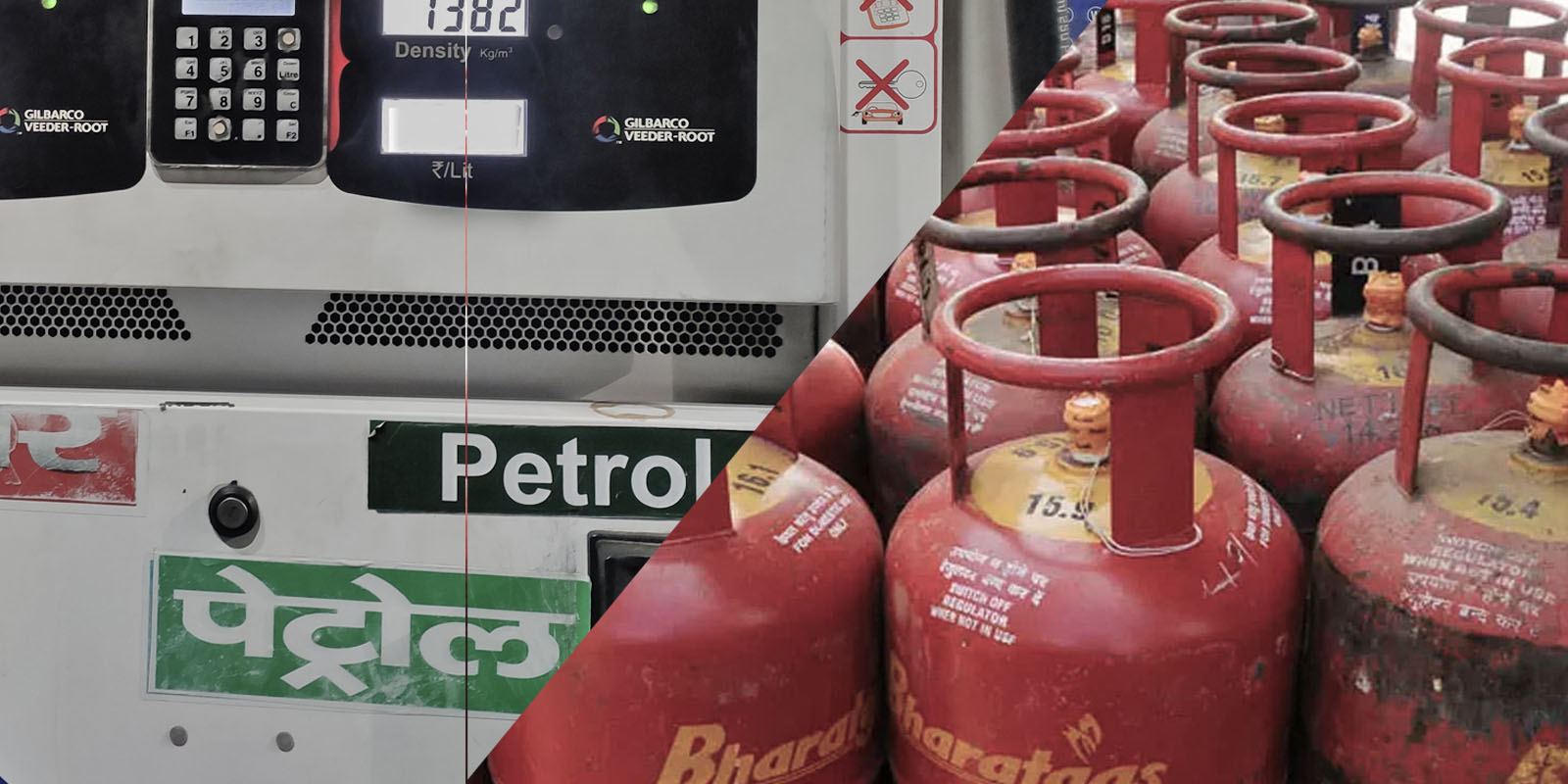
Shimla-Petrol and Diesel prices in India could be brought under control and their price could be reduced to Rs. 75 and Rs. 68, respectively, says the SBI’s Ecowrap report released by its Economic Research Department. The Indian Government can do this simply by brining these fuels under the ambit of the Goods and Services Tax (GST), the report said.
However, according to the report, lack of political will is keeping Indian oil product prices at one of the highest in the world. This lack of will arises from the fact that Centre and States are loathe to bring crude oil products under the GST regime as Sales Tax/VAT on petroleum products is a major source of own tax revenue for them. The states, in particular, would face a loss in revenue.
However contrary to this possibility, the government had been maintaining that it doesn’t control fuel prices. On February 17, 2021, on a day when petrol crossed the ₹100 mark, Prime Minister Narendra Modi had blamed it all on the previous governments.
The report said that one of the unfinished agendas of the current GST regime is bringing petrol and diesel under GST.
Every state has its own tax structure. The states choose to levy a combination of ad valorem tax, cess, extra VAT/Surcharge based on their needs. These taxes are imposed after taking into account the crude price, the transportation charge, the dealer commission and the flat excise duty imposed by the centre. The multiple taxes have made petroleum products prices one of the highest in the world, the report said.
The base price of Rs 75 for petrol and Rs 68 for diesel has been calculated on the following assumptions: Crude price at $60/bbl, exchange rate of Rs 73 for a dollar, transportation charges of Rs 7.25 for diesel and Rs 3.82 for petrol, dealer commission of Rs 2.53 for diesel and Rs 3.67 for petrol, cess of Rs 30 for petrol and Rs 20 for diesel, GST rate at 28 per cent and petrol consumption growth rate of 10% y-o-y and 15% for diesel y-o-y.
Using all these assumptions, the researchers have found that the base price for petrol and diesel comes out to be Rs 75 and Rs. 68, respectively at pan India level. At this base price, with multiple simulations Centre and States have a revenue deviation from budget estimates by only Rs. 1 lakh crore 90.4% of the GDP) after adjusting for the increase in consumption with the intended price cut.
The report further said that a dollar increase in the crude oil prices will push up the petrol price by around 50 paisa and diesel prices by around 150 paisa and bring down the overall deviation by around Rs. 1500 crore under the suggested baseline scenario.
If this tax structure is used for the Financial year 2022, when Centre and states taxes are already so high, we see that states which have the highest rates are losing revenue if they shift to this GST regime. But this flat taxation structure brings in uniformity and as per the calculations, it brings down the burden of taxes on the common man by almost Rs. 10-30 depending on the product consumed and the state in which it is consumed, the report said.
Additionally, it benefits some states which do not drastically tax their petroleum products, like Uttar Pradesh.
“Interestingly, our simulation exercise suggests that when crude oil/bbl declines by 10 dollars, Centre and states could save close to Rs 18,000 cres, if they keep the petrol prices at baseline Rs 75 and diesel at Rs 68 and don’t pass on the benefit to consumers,” the report said.
Further, the report recommended that the Government should build up an oil price stabilization fund which can be used in bad times for compensating revenue loss by cross subsiding fund saved from good times, without hurting the consumer.
Further, since November 2020, the prices of non-subsidized cylinders have increased from Rs. 594 to Rs 819 in Delhi, a substantial increase of Rs. 255 er cylinder. The data on DBTL (Direct Benefit Transfer for LPG) indicate that the subsidy amount has sharply plunged to merely Rs. 3,363 crores in April-December 20220 period from Rs 22, 635 in Financial Year 2020. There is negligible or no difference between subsidized and non-subsized cylinder.
The report also said that though the government has announced to give one crore more free connections to the needy over the next two years, affordability barriers still exist. The government should focus on the affordability issue and to achieve this, the SBI researchers have suggested a set of measures.
Separately, for the LPG cylinders, the report proposed an increased and graded subsidy to provide to poor consumers which can be tapered off over a period of, say, five years. For this, the Government can create a comprehensive merged database using database of Ayushman Bharat, PM-KISAN, PMJDY, PMUY and MUDRA and then provide these people with maximum four free cylinders in a year. Even if five crore people are eligible for this then the total cost to exchequer per year will be maximum Rs 16,000 crore.
Besides, the report suggested that the Government might cancel its borrowing planed in the last two weeks of March 2021, totaling Rs. 49,000 crores.
News
HP Govt Employees to Get Higher Pay Scale on Completion of Two Years of Service: CM Jairam
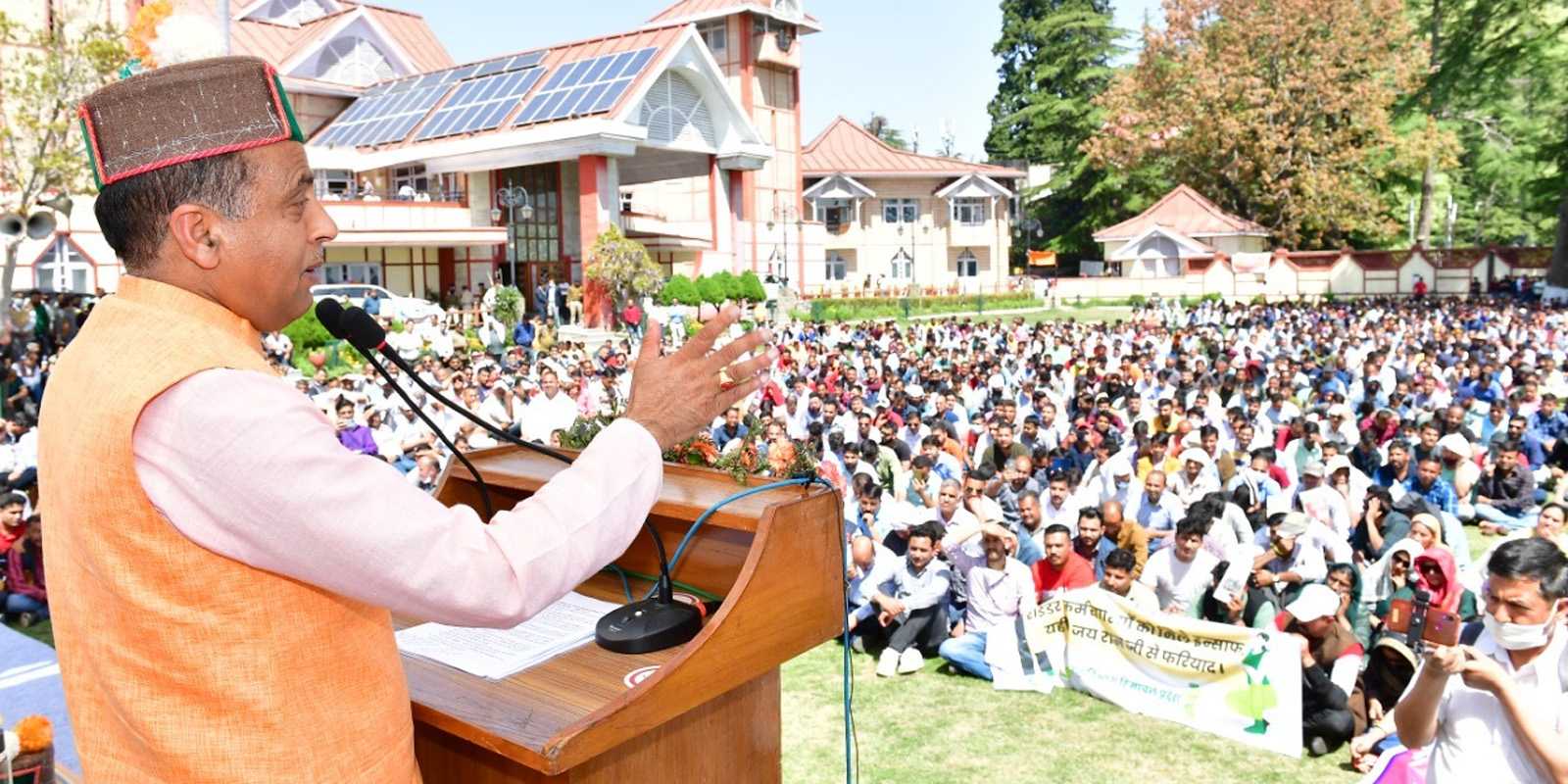
Shimla-Himachal Pradesh Government employees working in different departments before January 3, 2022, would be given a higher scale at par with other employees on completion of two years tenure of regular service. A higher pay scale was also announced for the Junior Office Assistants (IT) on completion of two years of regular service.
Chief Minister Jairam Thakur made these announcements during the Karamchari Maha Sammelan of the Himachal Pradesh Non-Gazetted Employees Federation at the hotel Peterhof on Sunday.
He appreciated the role played by the employee especially frontline workers in the battle against the pandemic.
He said most of the government employees in the state have been given revised pay scales and on average, every employee has got the benefit of a 12 to 15 percent salary hike. There has also been an increase in the pension of about 1.50 lakh pensioners of the state. The financial benefits of Rs. 7801 crore have been given to state government employees and pensioners from the year 2018 to 2022. The pensioners who retired before 2016 are getting the benefit of a 15 to 20 percent increase in the pension while around 40 thousand pensioners who retired after 2016 would be benefitted soon, he said.
He said the daily wages were Rs. 210 in the year 2017 which has been increased by the present state government to Rs. 350. Similarly, 12 per cent interim relief annually has been provided to government employees and pensioners during the present government’s tenure. He said the Himachal government has provided Dearness Allowance to its employees and pensioners on the lines of Punjab and Central governments from the due date. The Punjab government has given only 5 percent interim relief to the employees while the Himachal government has provided 21 percent interim relief to its employees.
“Out of the total interim relief amount given to the employees and pensioners amounting to about Rs. 6500 crore, Rs. 3500 crore has been paid during the tenure of our government” added the Chief Minister.
He said that the state government has increased the government contribution for NPS employees from 10 percent to 14 percent benefitting more than one lakh employees. The NPS employees are being given the benefits of retirement and death gratuity at par with employees falling under the old pension scheme. The government has also increased the upper limit of death gratuity from Rs. 10 lakh to Rs. 20 lakh.
The Chief Minister said the state government has also increased the honorarium of para-workers working in various departments. The salary of outsource workers has been hiked by Rs 1,500 per month.
Non-Gazetted Employees Federation President Ashwani Thakur thanked the Chief Minister for providing various financial and other benefits to different categories of government employees.
Nation
Most Covid Restrictions to be Lifted From March 31, Mask and Hand Hygiene to Continue

New Delhi-The Centre has issued a notification to the States informing that the provisions of the Disaster Management (DM) Act, 2005 will not be invoked in the country after March 31. The Union Health Ministry said that the use of face masks and following hand hygiene will continue.
It implies that most of the Covid-related rules and restrictions would end.
Union Home Secretary Ajay Bhalla issued the notification which said that the decision was taken following the overall improvement in the situation and the preparedness of the government in dealing with the COVID-19 pandemic.
However, local authorities and State police can still invoke fines and criminal cases against persons violating COVID-19 norms under the Indian Penal Code (IPC), a senior government official said.
The DM Act was invoked on March 24, 2020, due to the pandemic
“Over the last seven weeks or so there has been a steep decline in the number of cases. The total caseload in the country stands at 23,913 only and the daily positivity rate has declined to 0.28%. It is also worth mentioning that with the combined efforts, a total of 181.56 Cr vaccine doses have been administered,” the notification said.
“I would like to mention that in view of the nature of the disease, we still need to remain watchful of the situation. Wherever any surge in the number of cases is observed, the States/UTs may consider taking prompt and proactive action at a local level, as advised by MoHFW (Health Ministry) from time to time,” the notification said.
The Indian government had issued various guidelines and measures for the first time on March 24, 2020, under the Disaster Management Act to curb the COVID-19 situation in the country, which have been modified several times thereafter.
India currently has 23,087 active COVID-19 cases and recorded 1,778 new cases and 62 deaths in the last 24 hours. The daily positivity rate has also declined to 0.28%.
News
HP Cabinet Decisions: Country Liquor Made Cheaper in New Excise Policy, Read All Decisions
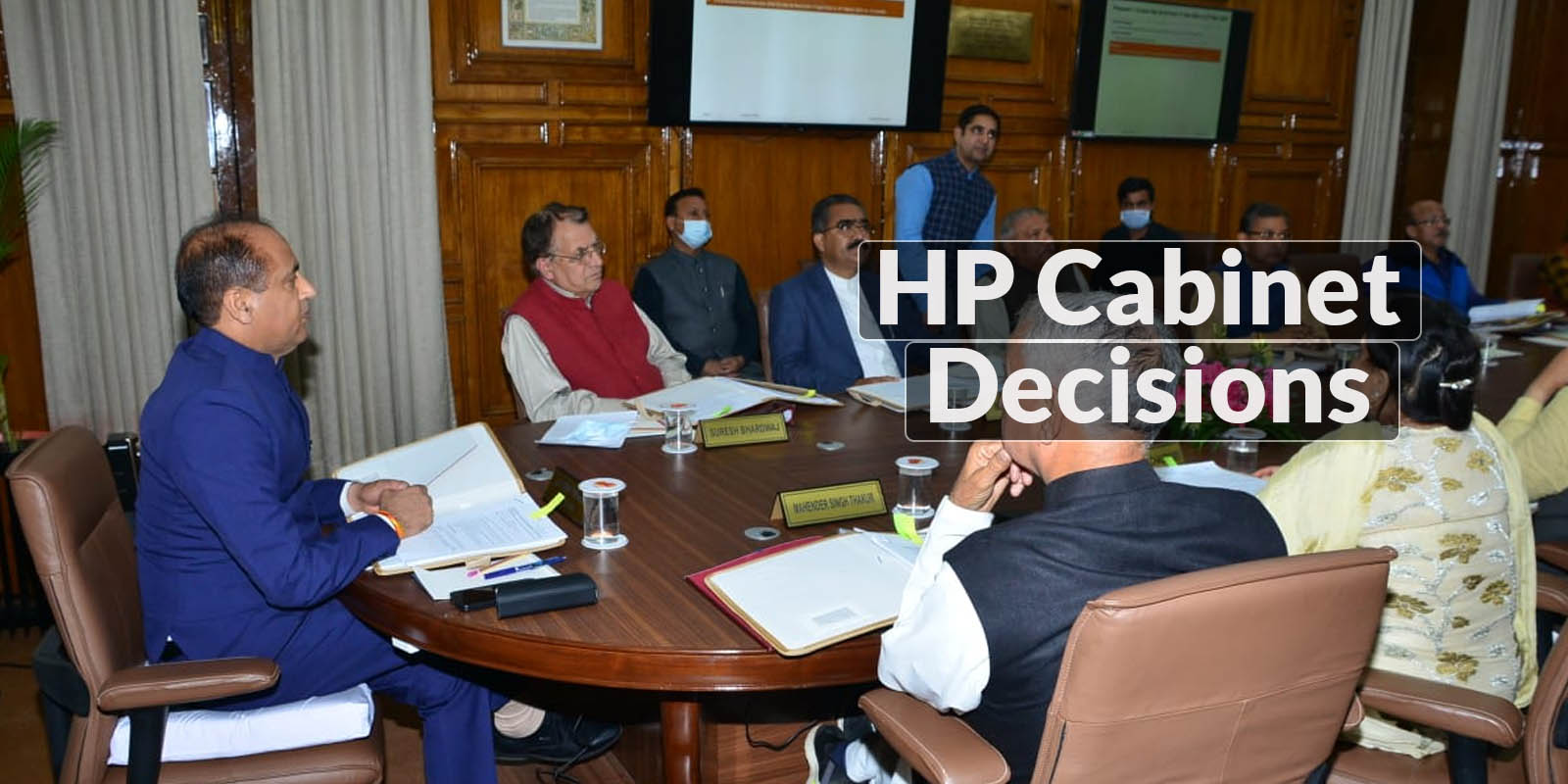
Shimla-A meeting of the Himachal Pradesh Cabinet was held on March 20, 2022, under the chairmanship of Chief Minister Jai Ram Thakur.
The excise policy for the financial year 2022-23 was approved. Approval was also given for the renewal of retail excise vends in the state for the financial year 2022-23 at the renewal fees of 4% of the value of unit/vend.
The State Government said that wants to enhance the government revenue and curb the smuggling of country liquor from the neighbouring states by a reduction in its price.
The brands of Country Liquor will be cheaper as license fees have been reduced. This will help in providing good quality liquor at a cheaper rate to the consumers.
In the new excise policy, the 15% fixed quota of country liquor for manufacturers and bottlers to be supplied to the retail licensees has been abolished. According to the government, this step will give the retail licensees to lift their quota from the suppliers of their choice and further assure the supply of good quality country liquor at competitive prices. The MRP of country liquor will be cheaper by 16% of the existing price.
In this year’s policy, the Gaudhan Vikas Nidhi Fund has been enhanced by Re.1/- from the existing Rs.1.50 to Rs.2.50.
The fixed annual license fee of Bars has been rationalized by abolishing the area-specific slabs of license fee. Now throughout the State, there will be uniform license slabs based upon the room capacity in hotels.
Rates of the annual fixed license fee of Bars in the tribal areas has been reduced considerably.
Further, all the above stakeholders will have to install CCTV cameras at their establishments as it was made mandatory for them.
Wholesale vends and retail vends, the penalty provisions under the H.P. Excise Act, 2011 have been made more stringent.
An end to end online Excise Administration System would be established in Himachal Pradesh, the government said.
HP Government estimates a collection of Rs 2131 crore revenue during the year, which will be Rs. 264 crores higher than the financial year 2021-22 – growth of 14% in state excise revenues.
The Cabinet also gave its nod to amend Himachal Pradesh Disaster Relief Manual-2012 to include deaths due to biting of honey bees, hornet and wasps, accidental drowning and deaths due to accidents of vehicles (including land, water and air) under this Manual.
The Cabinet gave its approval for filling up 11 posts of ‘A’ Class Tehsildar in Revenue Department through direct recruitment on regular basis through Himachal Pradesh Public Service Commission.
HP State Toll Policy 2022-23
The HP Cabinet also gave its nod to HP State Toll Policy for the year 2022-23 which envisages auction cum tender for all the toll barriers in the State. During the year 2021-22, toll revenue has registered a growth of 20 percent of the previous year’s revenue.

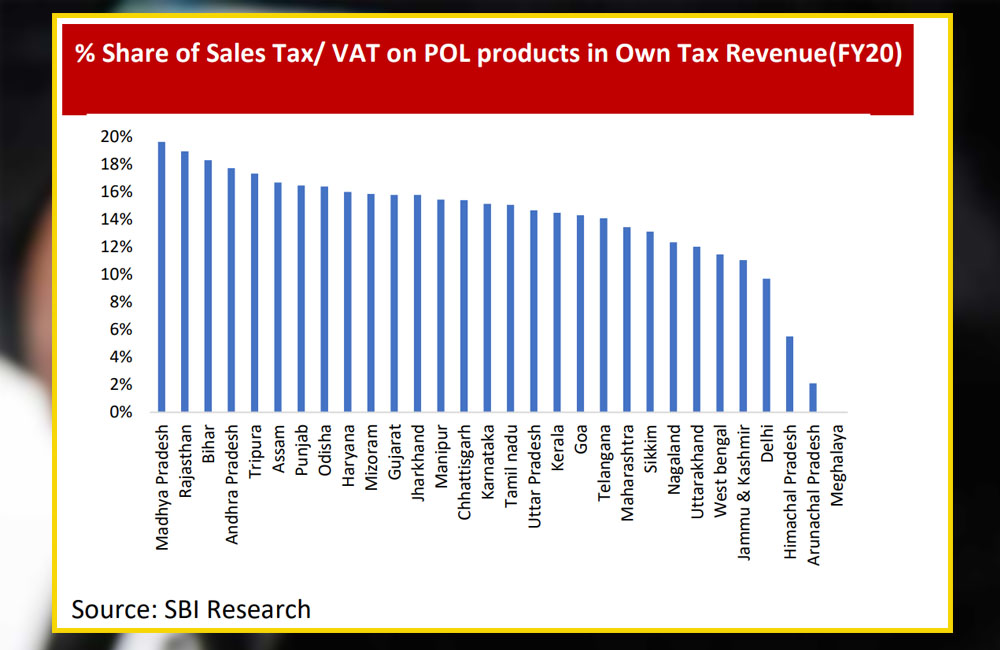
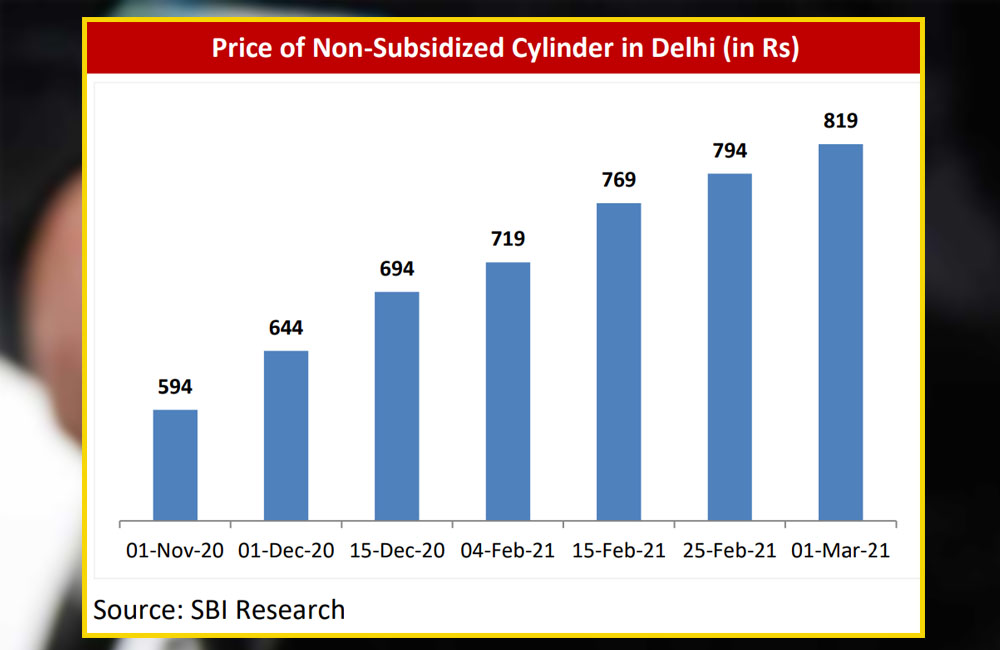

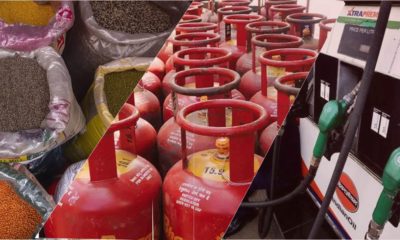



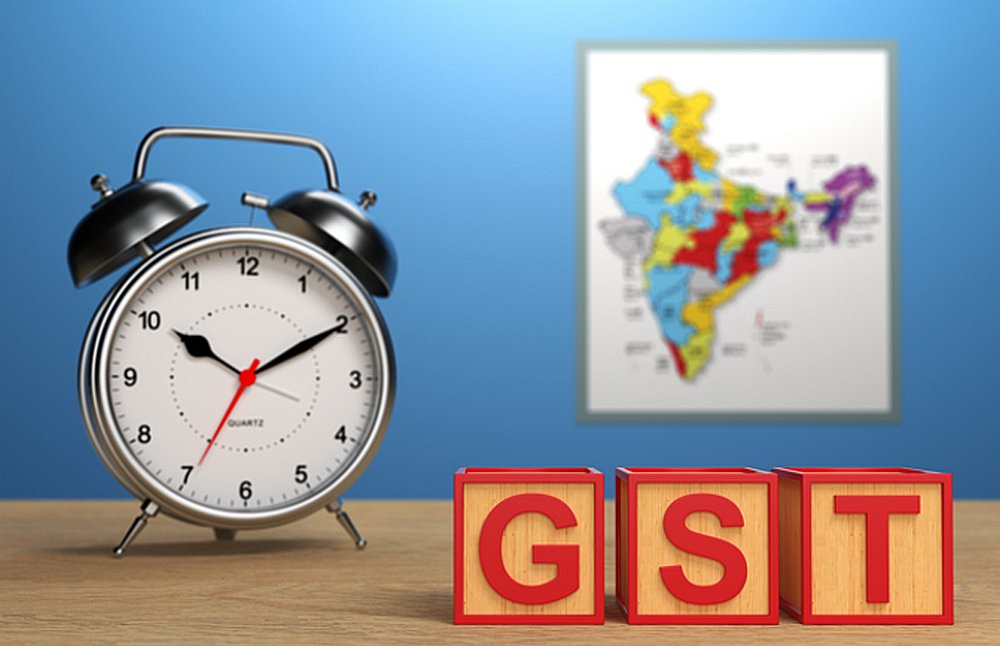






 Home Decor Ideas 2020
Home Decor Ideas 2020
